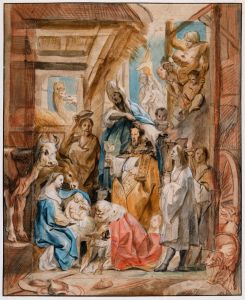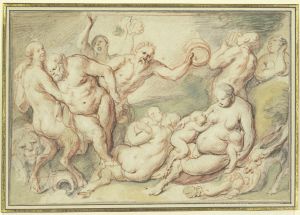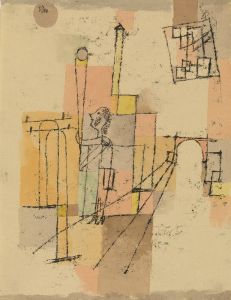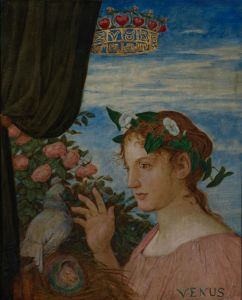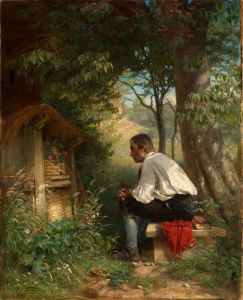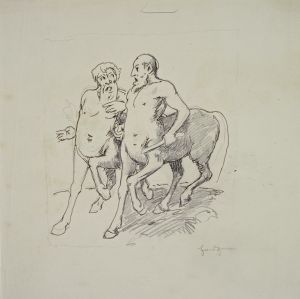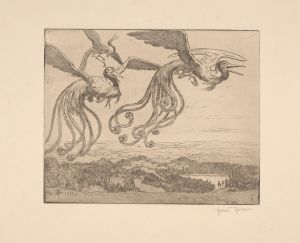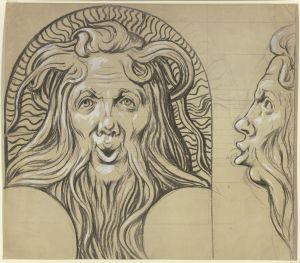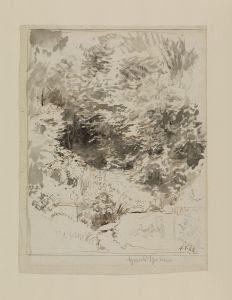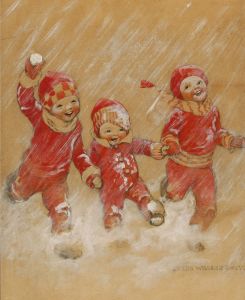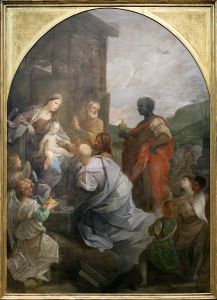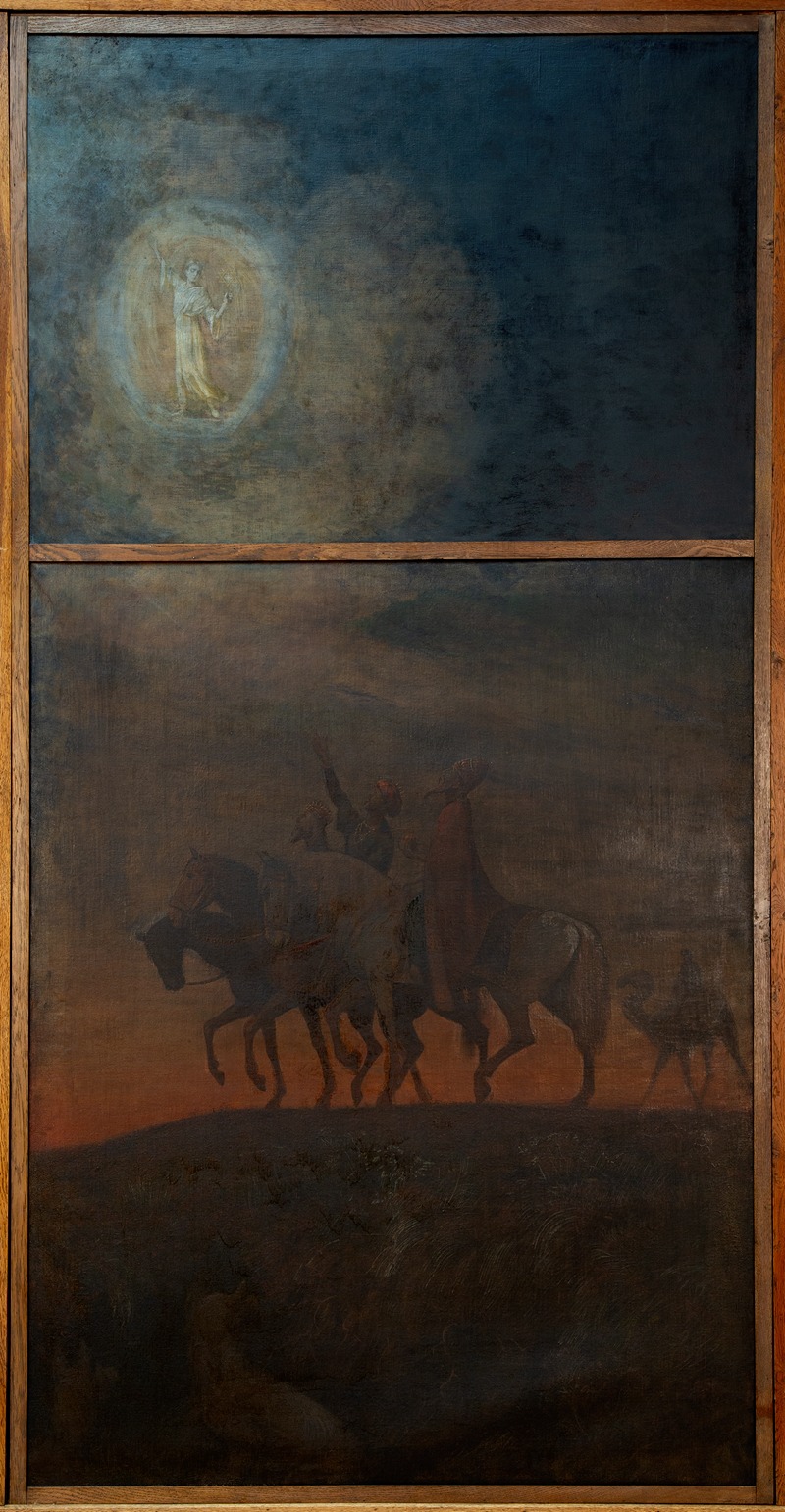
Weihnachtstriptychon; Zug der Heiligen 3 Könige
A hand-painted replica of Hans Thoma’s masterpiece Weihnachtstriptychon; Zug der Heiligen 3 Könige, meticulously crafted by professional artists to capture the true essence of the original. Each piece is created with museum-quality canvas and rare mineral pigments, carefully painted by experienced artists with delicate brushstrokes and rich, layered colors to perfectly recreate the texture of the original artwork. Unlike machine-printed reproductions, this hand-painted version brings the painting to life, infused with the artist’s emotions and skill in every stroke. Whether for personal collection or home decoration, it instantly elevates the artistic atmosphere of any space.
Hans Thoma, a prominent German painter of the 19th and early 20th centuries, is known for his detailed and evocative works that often draw on religious and mythological themes. One of his notable pieces is the "Weihnachtstriptychon; Zug der Heiligen 3 Könige," which translates to "Christmas Triptych; Procession of the Three Holy Kings." This painting is a triptych, a work of art divided into three sections, which was a popular format for altarpieces and religious artworks during the medieval and Renaissance periods.
The central panel of the triptych typically depicts the Nativity scene, a common subject in Christian art that portrays the birth of Jesus Christ. In Thoma's rendition, the scene is imbued with a serene and reverent atmosphere, capturing the holy moment with a sense of intimacy and devotion. The figures of Mary, Joseph, and the infant Jesus are rendered with delicate attention to detail, emphasizing their sacred significance.
The side panels of the triptych illustrate the journey of the Three Wise Men, or Magi, who traveled from the East to pay homage to the newborn Christ. This narrative is a pivotal part of the Christmas story, symbolizing the recognition of Jesus as the King of Kings by the wider world. Thoma's depiction of the Magi's procession is characterized by rich, vibrant colors and intricate detailing, reflecting the opulence and exotic origins of these revered figures. The Magi are often shown bearing gifts of gold, frankincense, and myrrh, which are significant in Christian theology for their symbolic meanings.
Hans Thoma's "Weihnachtstriptychon; Zug der Heiligen 3 Könige" is celebrated for its harmonious composition and the artist's ability to convey deep spiritual themes through his meticulous craftsmanship. Thoma's style is often described as a blend of realism and romanticism, with a particular emphasis on naturalistic detail and an idealized portrayal of his subjects. His works frequently draw inspiration from the landscapes and folklore of his native Black Forest region, infusing his religious scenes with a distinct sense of place and cultural heritage.
The triptych format allows for a dynamic narrative flow, guiding the viewer's eye from the central Nativity scene to the unfolding journey of the Magi on either side. This structure not only enhances the storytelling aspect of the artwork but also creates a sense of continuity and unity across the three panels.
Hans Thoma's contributions to religious art are significant, and his "Weihnachtstriptychon; Zug der Heiligen 3 Könige" stands as a testament to his skill in merging traditional Christian iconography with his unique artistic vision. The painting remains an important piece within the canon of 19th-century German art, reflecting both the spiritual and cultural dimensions of the period.
In summary, Hans Thoma's "Weihnachtstriptychon; Zug der Heiligen 3 Könige" is a masterful triptych that captures the essence of the Christmas story through its detailed and evocative portrayal of the Nativity and the journey of the Three Wise Men. The work exemplifies Thoma's ability to blend realism with romanticism, creating a piece that is both spiritually profound and artistically significant.





